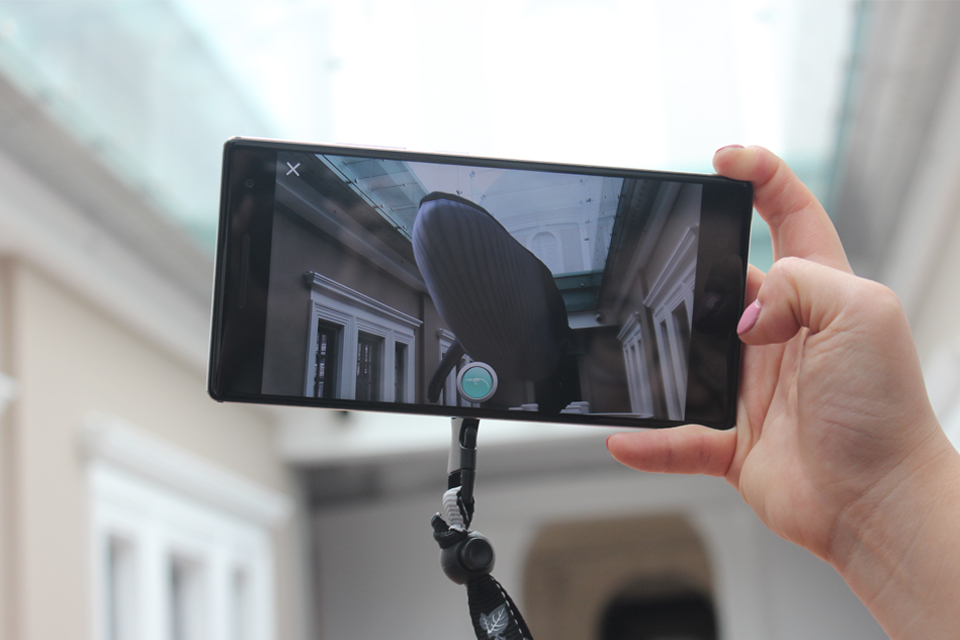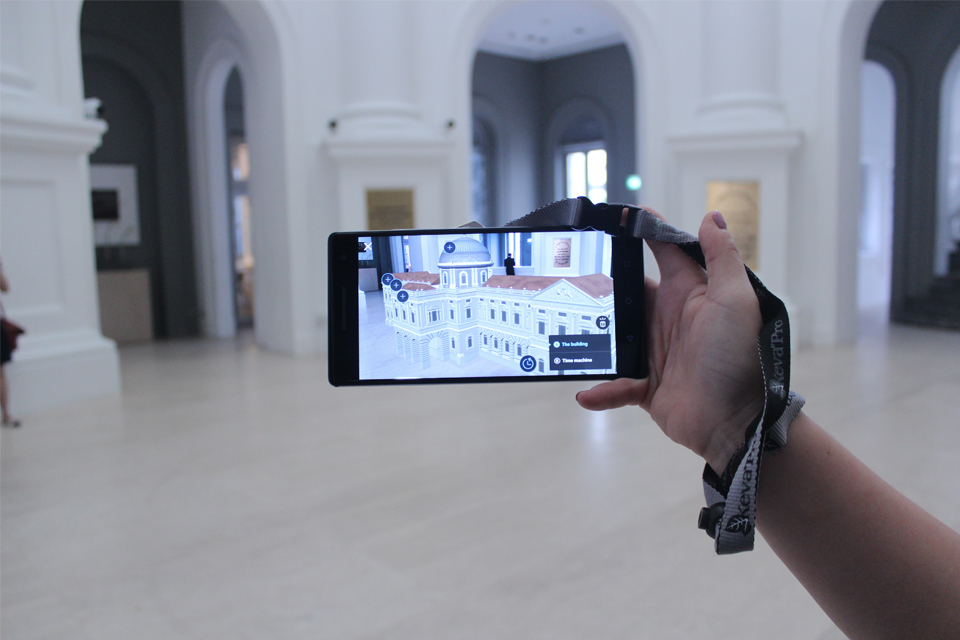From now, you can retrace the iconic building’s history with Google’s Tango-enabled architectural tour.
Using Google’s latest augmented reality (AR) technology, the National Museum of Singapore’s new addition, the Tango-enabled Architectural Tour, brings the legacy and history of the building to life.
Using indoor mapping, virtual reality and AR technology, visitors will be able to explore how the building has evolved over the past 130 years and virtually view artefacts that were once on display in the museum.
Video by: CTV Productions
The National Museum of Singapore is among the first museums in the world to adopt Tango, a set of sensors and computer vision software that enables smartphone AR. AR creates an immersive experience by integrating digital imagery such as videos, graphics and sounds into the user’s environment in real time.
Angelita Teo, director of the National Museum of Singapore said: “The emergence of digital and future technology has opened many doors for museums worldwide and we now have the opportunity to redefine the conventional museum experience.”
Senior assistant director of National Museum of Singapore, Jervais Choo added: “We want to change mindsets that museums are boring. Through the use of technology, we (hope to) develop new ways of storytelling and complement the human experience.”
An extension of the museum’s guided architecture and building tours, the new feature allows visitors to experience the evolution of the museum’s architecture over time through the Lenovo Phab 2 Pro smartphone issued.

There are currently 6 points of interest during the tour. The highlights include a 3D model of the National Museum of Singapore, a virtual reconstruction of the iconic 90-feet-high dome Rotunda and an augmented reality view of the Indian Fin Whale.

The museum began exploring new technologies after a major revamp in September 2015. In January this year, the museum introduced its first permanent digital installation, Gallery10. With no physical artefacts, Gallery10 utilizes projection technology to give traditional art forms a digital spin.
When asked about the museum’s future plans, Mr Choo said that he hopes to explore how “technology can help improve the user experience of the hearing impaired or visually impaired.”
